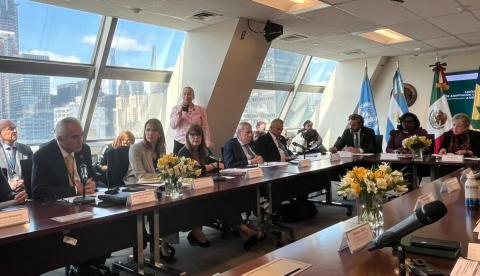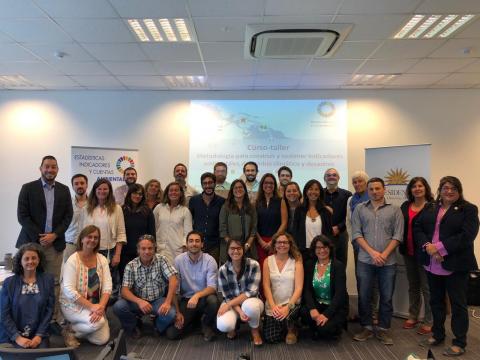News
Caribbean countries face vulnerabilities that include high exposure to the devastating impact of climate change and natural disasters. At the same time, heavy indebtedness and serious structural and fiscal constraints limit their ability to make adequate investments in climate change adaptation and risk mitigation. As a result, the subregion anticipates with great anxiety the advent of the hurricane season every year which threatens the long-term environmental, economic and social development of Caribbean countries, further compounding their high levels of public debt, limited capacity to mobilize domestic resources and increased dependence on external financing.
Given this reality, ECLAC Caribbean is preparing a study that will analyze technology uses and investigate innovative approaches to disaster and risk management (DRM) in the subregion to promote resilience building and risk mitigation.
A variety of technologies, including communication tools for early warning systems and innovative approaches to involving communities in risk assessments, can be used to support the practice of DRM in times of crisis, as well as in planning for disaster and in post event reconstruction. They can be important enablers for sustaining informed decision-making and in building resilience by providing the tools and methods to assist in the adaptation and recovery processes. However, strong institutions, local and regional capacity, cooperation and incentives are needed to translate research into applicable solutions.
Innovation in climate-resilience includes integrating data on current and expected changes in climate patterns into decision-making tools and approaches aimed at making people better prepared to anticipate, adapt and absorb potential impacts. Examples feature improved farming techniques, new models for credit access and savings schemes, participatory planning and new forms of access to and distribution of information.
Importantly, the study analyzes some of the innovative ideas coming from grassroots movements and local business. It also assesses how easily accessible communication technologies, such as text messaging, continue to play a critical role in disaster preparedness and management.
By analyzing the Caribbean approach to using innovative strategies and technologies, the study proposes the development of a repository of best practices for disaster and risk management in the subregion.
The study will be available later this year.



